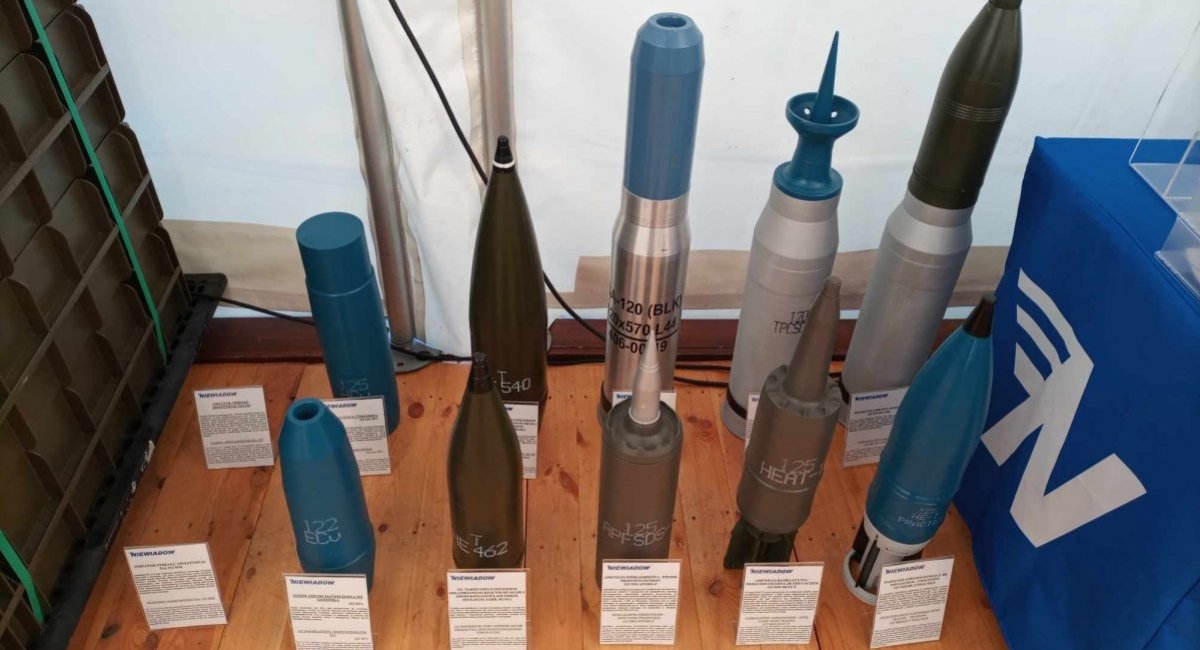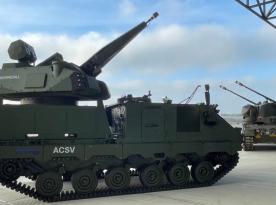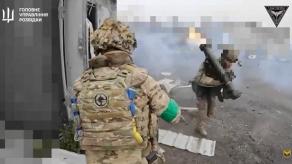On Thursday, March 7, 2024, a dynamic display of combat equipment was held, organized by the Works11 company. The event unfolded in the town of Zielonka, near Warsaw, at the training ground of the Military Institute of Armament Technology (Wojskowy Instytut Techniczny Uzbrojenia, WITU).
But before we dive into the noteworthy nuances of the show and the weapons that the Polish military expects to be pivotal in case of a potential confrontation with the russian armed forces, to paint a fuller picture, a bit of context is in order, kindly provided to Defense Express by Dariusz Materniak, Chief Editor at PolUkr.Net research center.
Read more: russia Turns to Older Equipment: Instead of Boomerang and Kurganets Armored Vehicles They Using MT-LB and Desertcross
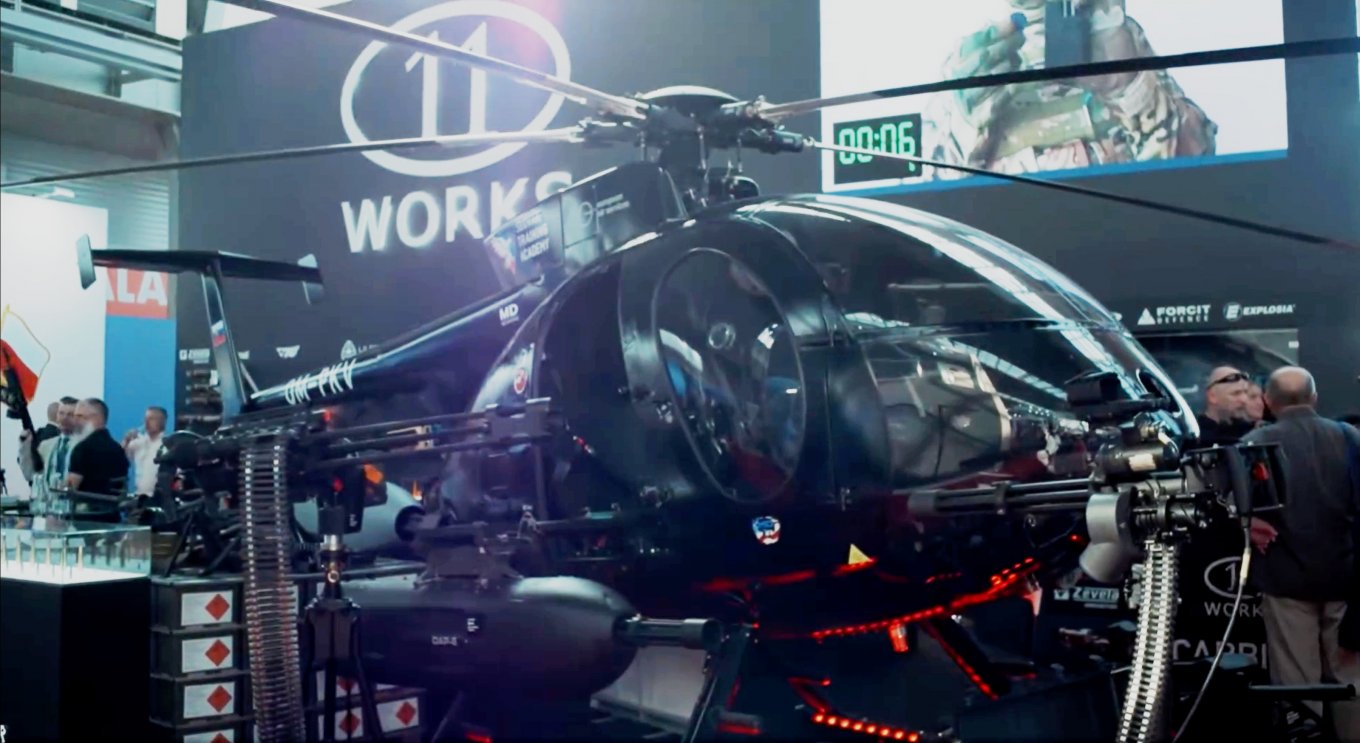
Works11 is an enterprise founded in 2005 that trades weapons and ammunition, conducts associated research and development, and offers specialist training. Works11's clients are primarily Polish secret services. The company manages products of Polish manufacturers and foreign suppliers, including manufacturers from the USA, the Czech Republic, Slovakia, Bulgaria, and beyond.
The host of the dynamic display, the Military Institute of Armament Technology, is a research institution of the Armed Forces of the Republic of Poland, the facility has been operating officially since 1965 but in fact since the interwar period — its origins go back to the establishment of the Institute for Artillery Research, later known as the Institute of Armament Technology.
In the 1930s, tests of small arms and artillery were already conducted at the training ground in Zielonka. Since that time, the Institute has developed 112 different types of weapons for the army. Since its founding in the mid-1960s, the Institute has developed a number of solutions and new types of weapons. For example, such as the Komar anti-tank grenade launcher, ERAWA reactive armor for tanks, or the WIST-94 pistol.
During the show on March 7, 2024, several weapons systems were presented. In the first part of the show, mainly explosives and grenades of various types took the stage. Among others, products from the Forcit Defense (Finland) were presented: the Bangalore Blade demolition charge, designed to penetrate fortifications, as well as the Hailstorm directional explosive charge in two versions, filled with either steel or tungsten balls, used against manpower and lightly armored vehicles.

Also presented were RGTB thermobaric grenades developed by Zakłady Sprzętu Precyzyjnego Niewiadów Sp. z o. o. (Poland). The organizers decided to demonstrate how they work in comparison: first, ordinary RG-42 grenades were detonated inside dummy bunkers, and then the thermobaric weapon was shown in action against the same type of object.
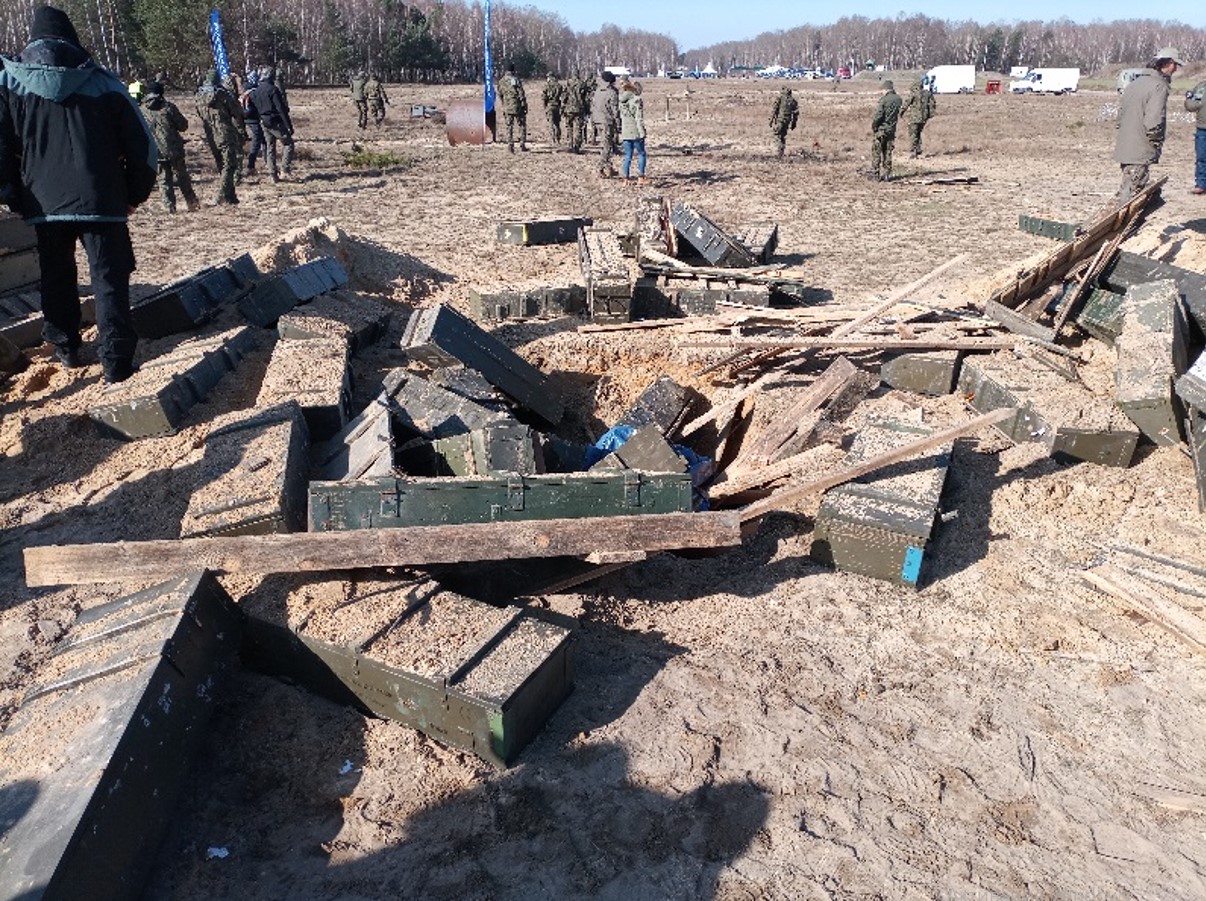
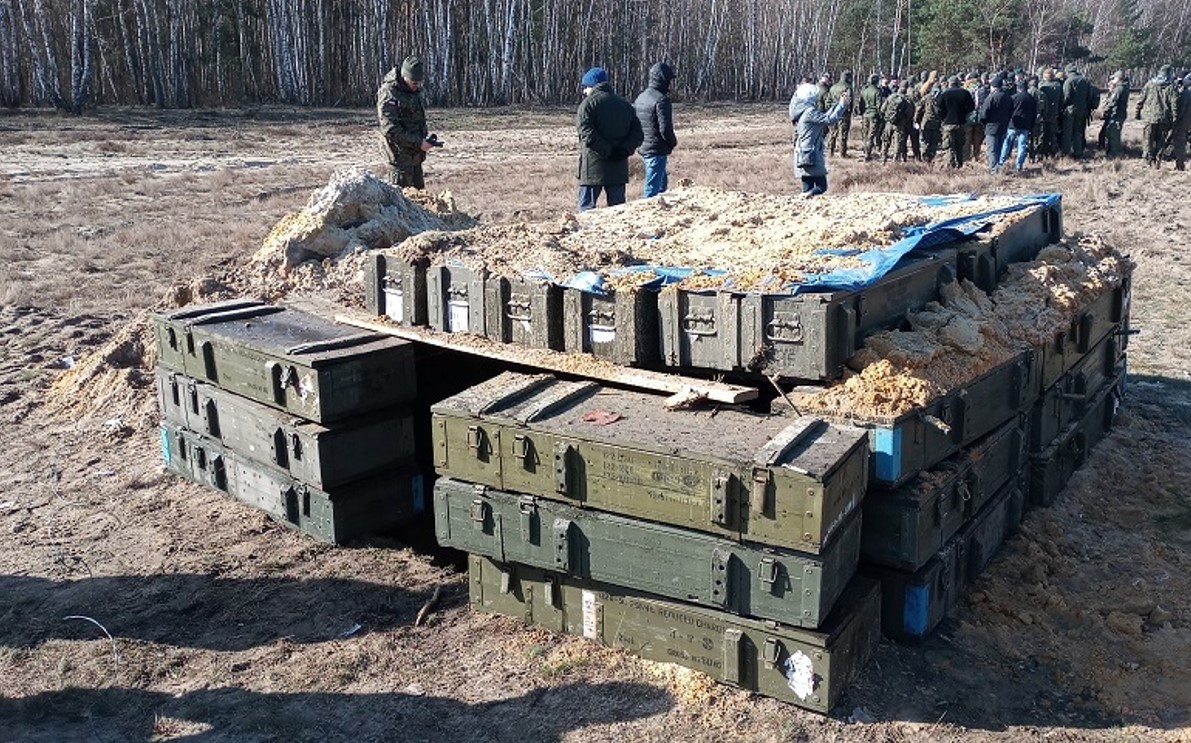
Moving on to the next participant, we have penetrating demolition charges based on plastic explosives produced by the Forcit company. The explosive filling was developed based on pentaerythritol tetranitrate (TEN). The same ZSP Niewiadów made both products, first one is the KŁD cumulative bottom charge which is intended to damage military equipment and dispose of explosive objects, and the second is the SŁK Chelicer directional sapper charge purposed for disposal of unexploded ordnance, destruction of IEDs, etc.
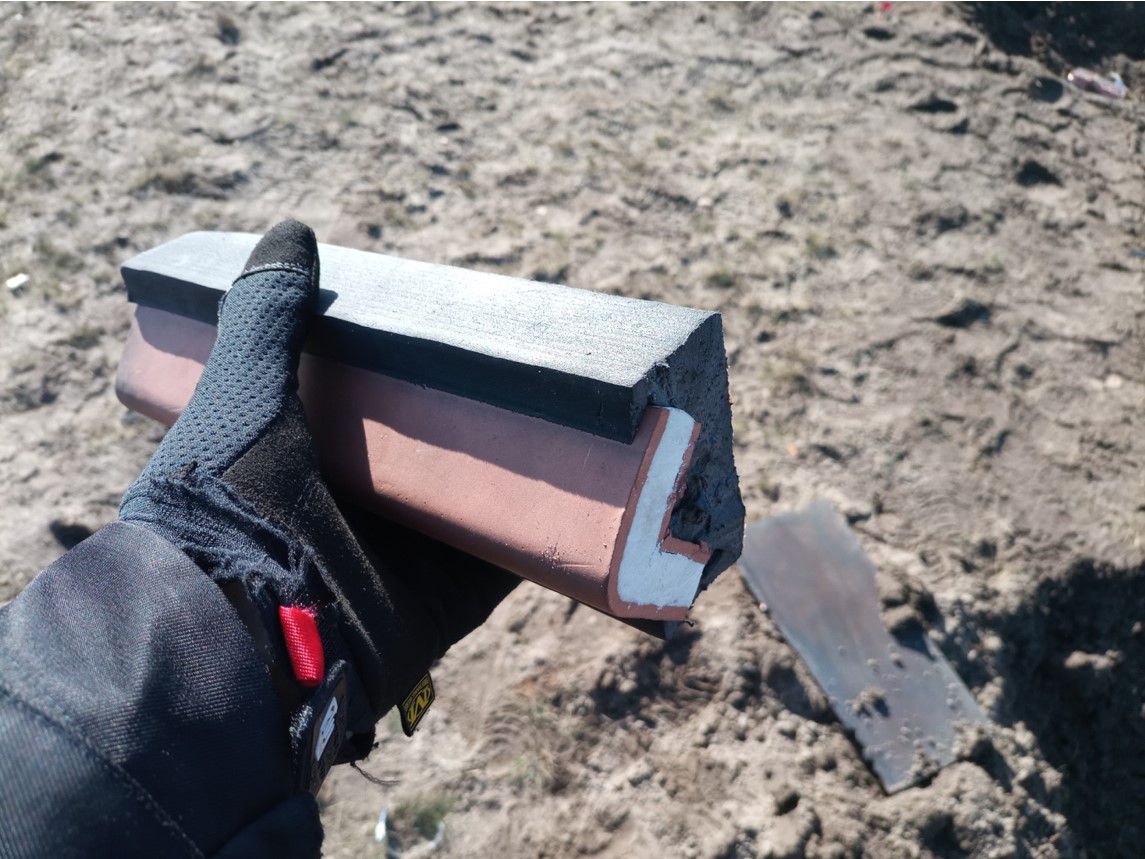
Next on the schedule was presentation of the ANTOS hand-held ultralight mortar of NATO caliber 60.7 mm and the ANTOS-LR mortar (Long Range, which in this case means over 3,000 m), produced by the Czech company VTÚVM. This type of weapon is used, in particular, by Polish special forces. Small weight and size of the mortar itself and its ammunition make it an interesting auxiliary weapon not only for special forces but also for light infantry units.
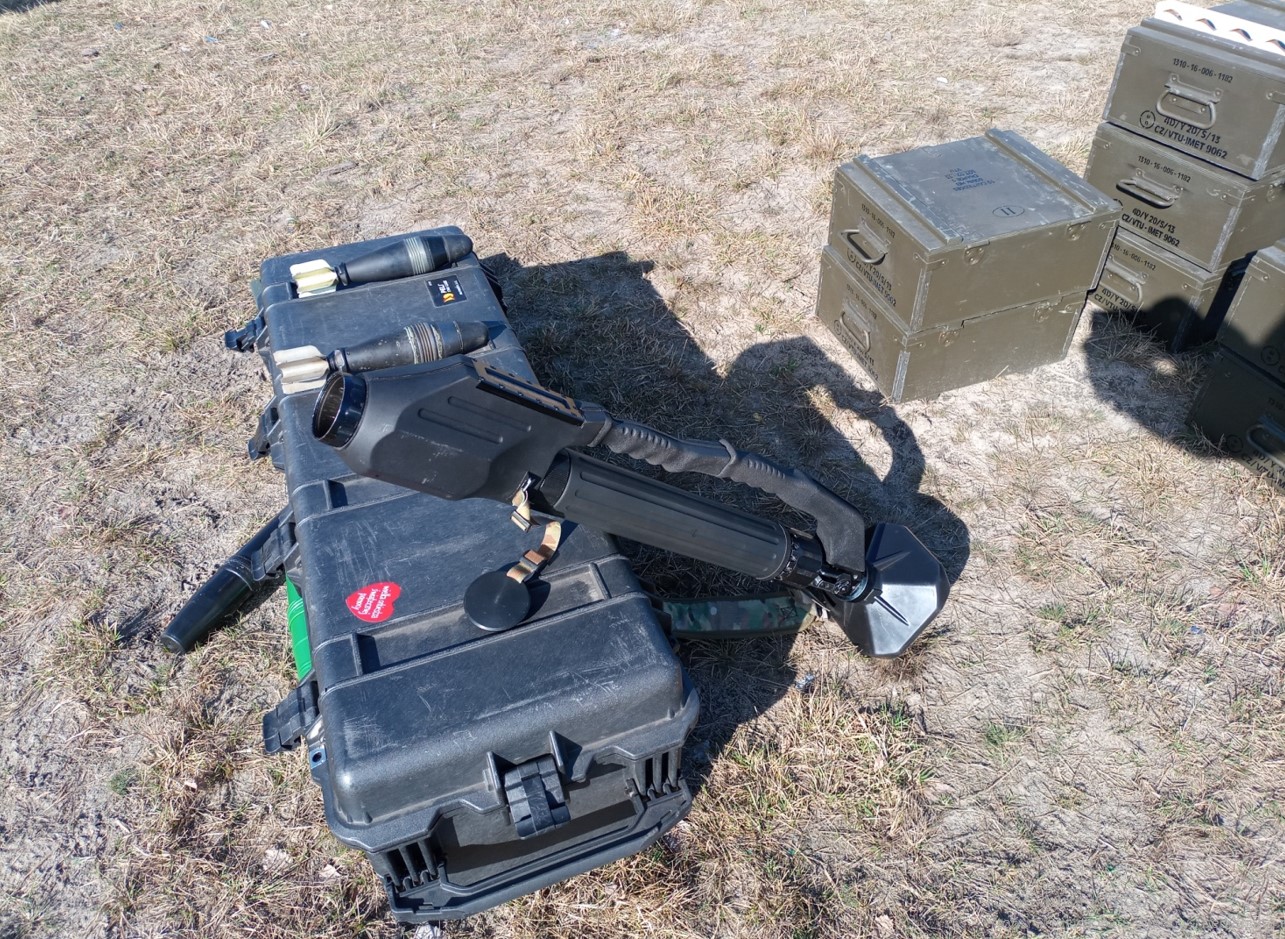
Also, during the show, live firing of the Milkor M32A1 revolving-action grenade launcher of 40mm caliber was demonstrated. Weapons of this type are used by both the armed forces and police units in several dozen countries worldwide.
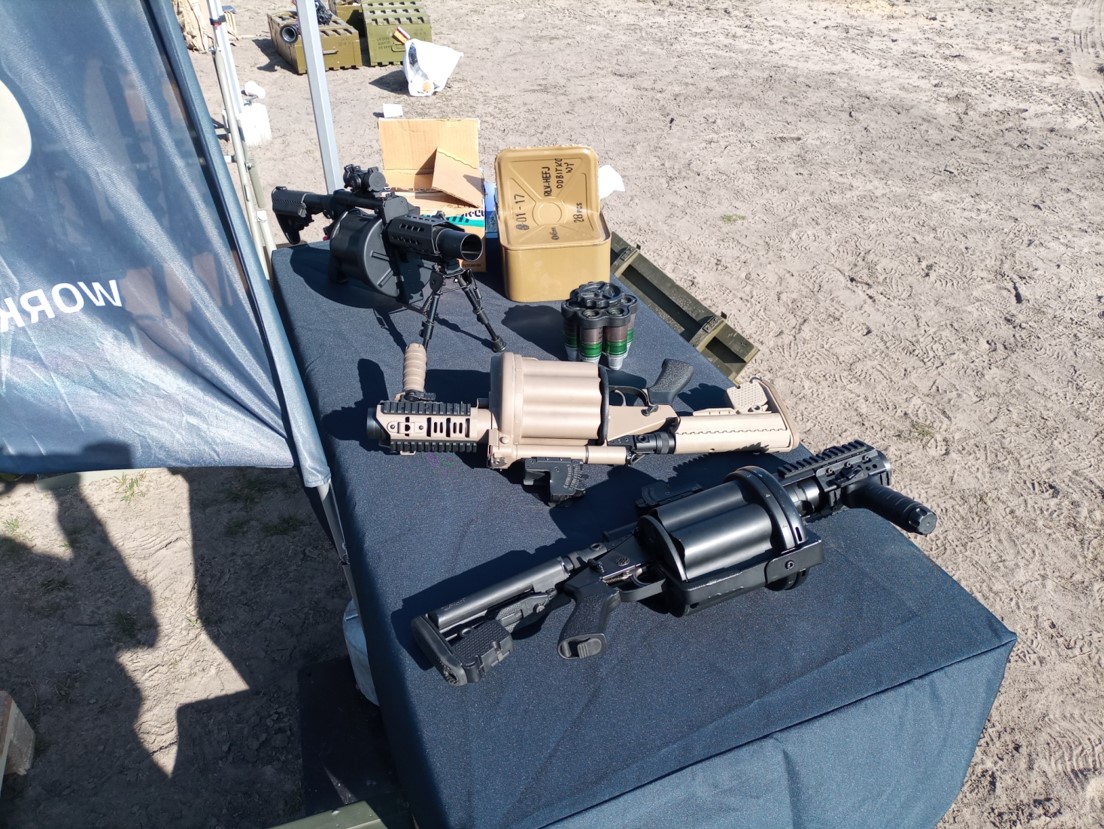
The next segment was dedicated to RPG-75M and RPG-75MP recoilless anti-tank weapons (with shaped-charge and thermobaric warheads, respectively) and new types of ammunition for the RPG-7. These arms were developed by the Vezeta plant in Czechia, but the earlier mentioned Polish company ZSP Niewiadów has a production license, too. Since 2010, the grenade launcher has been in service with the GROM unit in Poland.
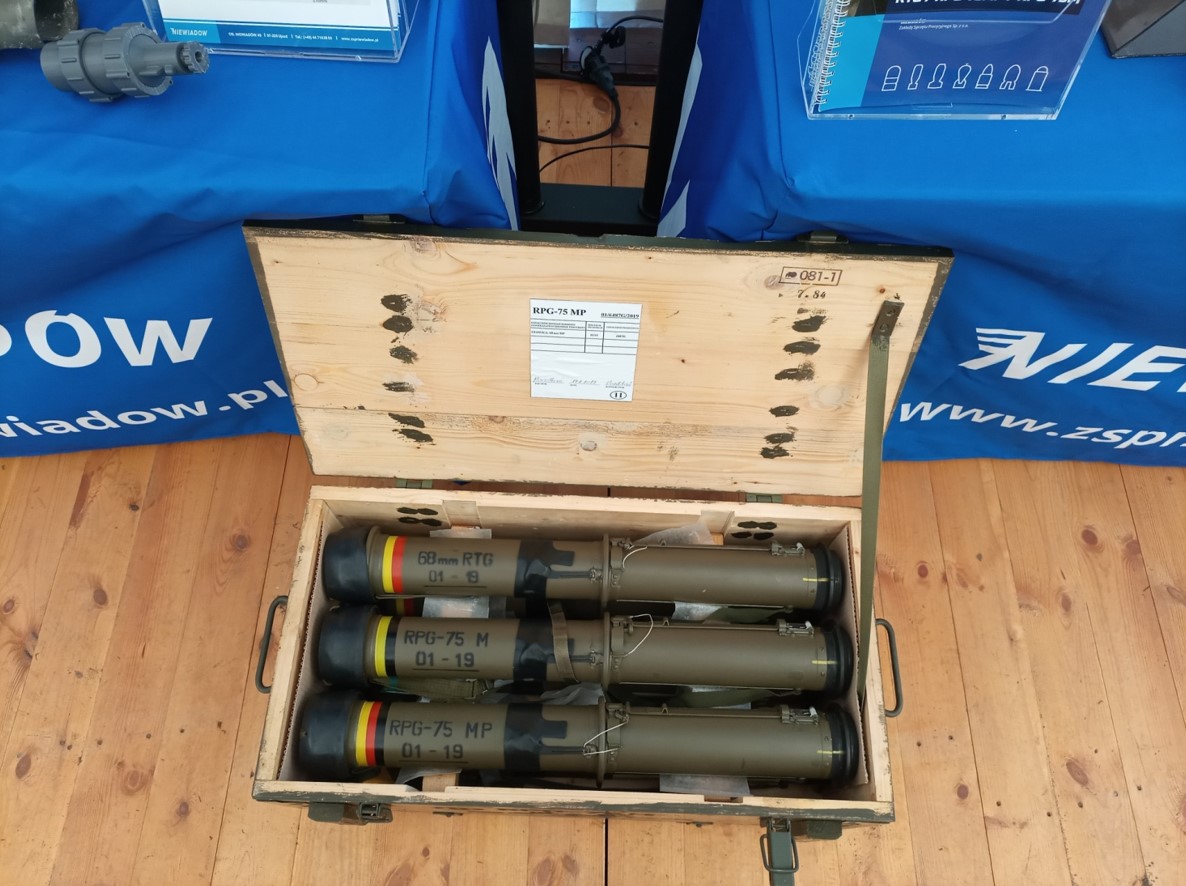
For a brief mention, the dynamic show also featured multiple novelties in the small arms category: anti-ricochet ammunition from the American company ICC, as well as Carbine rifles from Hans, adapted for 5.56x45mm and PCC 9x19mm cartridges. Another interesting element of the show was the presentation of the Dillon M134D Minigun in caliber 7.62x51mm.
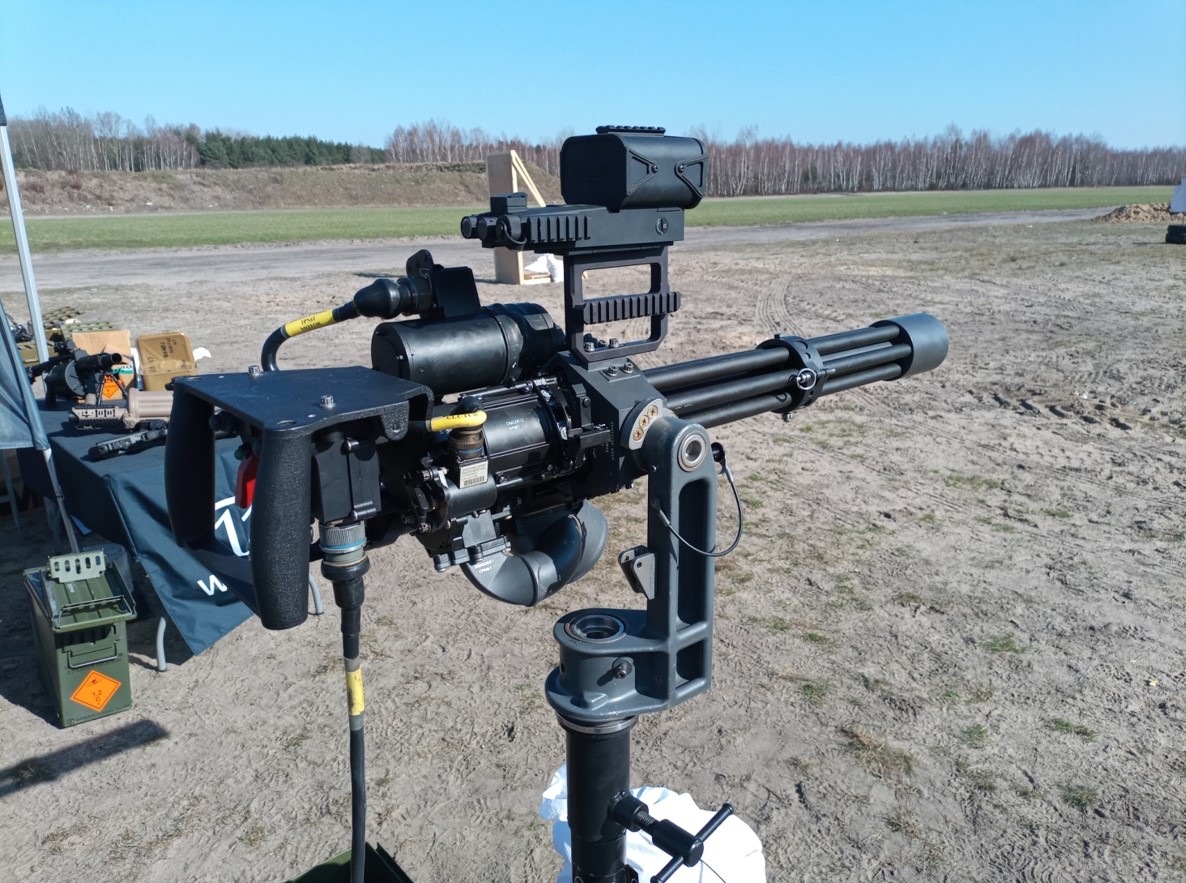
Many of the solutions presented may be interesting not only for the Polish army but for the Armed Forces of Ukraine as well. Especially experimental prototypes of anti-tank grenades, including thermobaric warheads for the RPG-7 and RPG-75 family of launchers. No less interesting are demolition charges and explosive materials.
This is related to the nature of warfare in Ukraine. Often, these military operations require overcoming obstacles created by the enemy engineering forces, fighting in trenches, and capturing the enemy's fortified positions — bunkers and other types of fortifications. The technological advantage in this field, manifested by the types of weapons presented during the event, is a factor that can increase the combat effectiveness of units involved in combat operations.
Dariusz Maternyak,
Chief Editor of the Polish-Ukrainian website PolUkr.Net, Chairperson of the Poland-Ukraine Research Center community organization
Read more: Why Western Tank is No Jack of All Trades in Assault But a Very Specialized Vehicle



